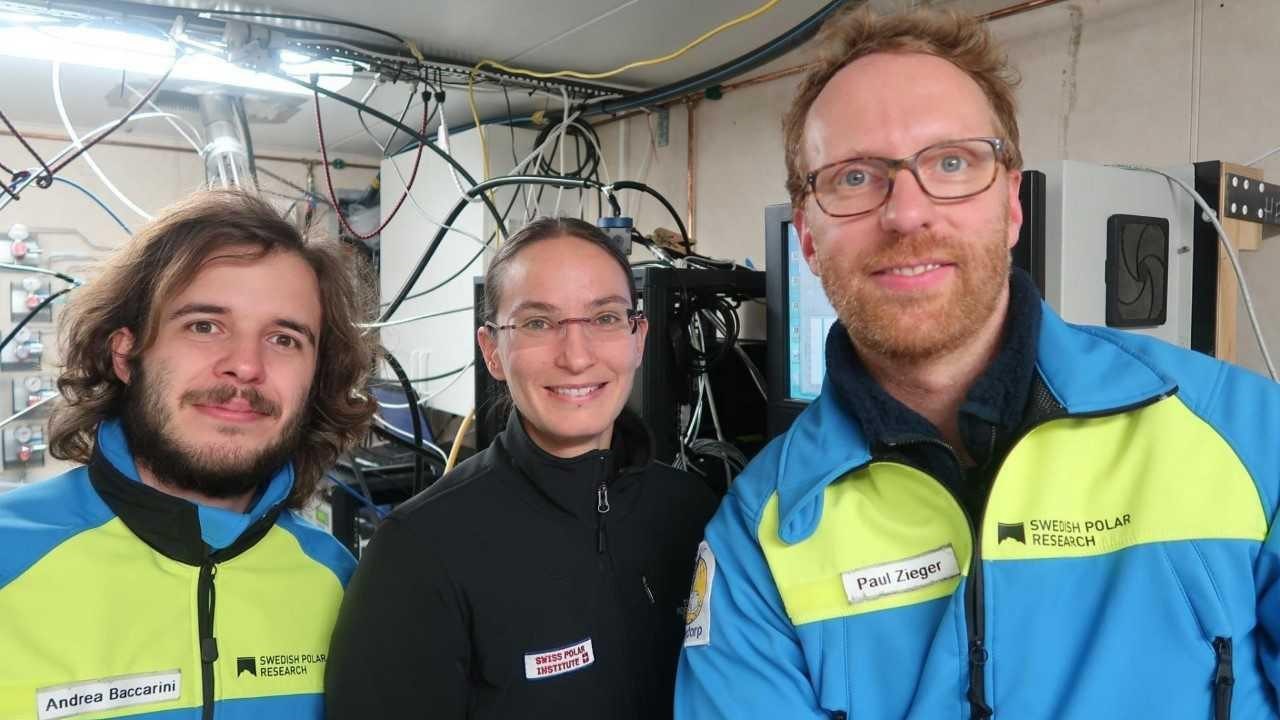New research: iodic acid affects cloud formation in the Arctic

In 2018, the research expedition Arctic Ocean was carried out with the icebreaker Oden. One of the goals of the research on board was to understand how clouds form in the Arctic. With the help of data collected during the expedition, researchers at Stockholm University and the Swiss EPFL, among others, have now published an article in Nature Communications.
The formation of clouds is one of several factors that may be important for the faster warming that is now taking place in the Arctic, two to three times faster compared to the rest of the planet. On a global scale, clouds mainly have a cooling effect, while in the Arctic, the low-level clouds can have a warming effect due to long-distance radiation “bouncing” back to the surface.
– This warming effect is especially important in the darker winter months when no sunlight is present. So, clouds are an important player in the warming Arctic. To what degree human activities modulate – or influence – cloud properties is still highly uncertain. One reason for this is that climate models have difficulties in simulating these low-level Arctic clouds, says Paul Zieger, assistant professor at the Department of Environmental Science, Stockholm University, who led the research project on aerosol cloud processes on board the icebreaker Oden.
Can contribute to improved climate models
The team developed a simple model to explain the variability of iodic acid in the atmosphere, which is largely due to local meteorological conditions. They could also describe the whole chain of events from how new particles are formed to become clouds, that is, from the gas molecule that originally creates a particle, to the formation of cloud condensation nuclei that are important for forming clouds.
– We have been able to show that iodine plays an important role in the formation of new particles over the pack ice. These newly formed particles can grow with the contribution of other vapours into larger particles that eventually can participate in cloud formation. This potentially important process is currently not fully considered within the major Earth system models and as such our work will hopefully help to improve models in the future.
Oden enables the research
The research expedition Arctic Ocean 2018 would not have been possible without access to a research vessel similar to the icebreaker Oden, and the vessel is something that is appreciated by Paul Zieger.
– We could not have reached this remote part of our planet without a ship like Oden. In addition, Oden has an excellent infrastructure and an amazing helpful crew that is essential for a successful research project. In the future, we hope to have further access to high-standard research vessels like Oden to continue our research in aerosol-cloud interactions at both poles of our planet.
